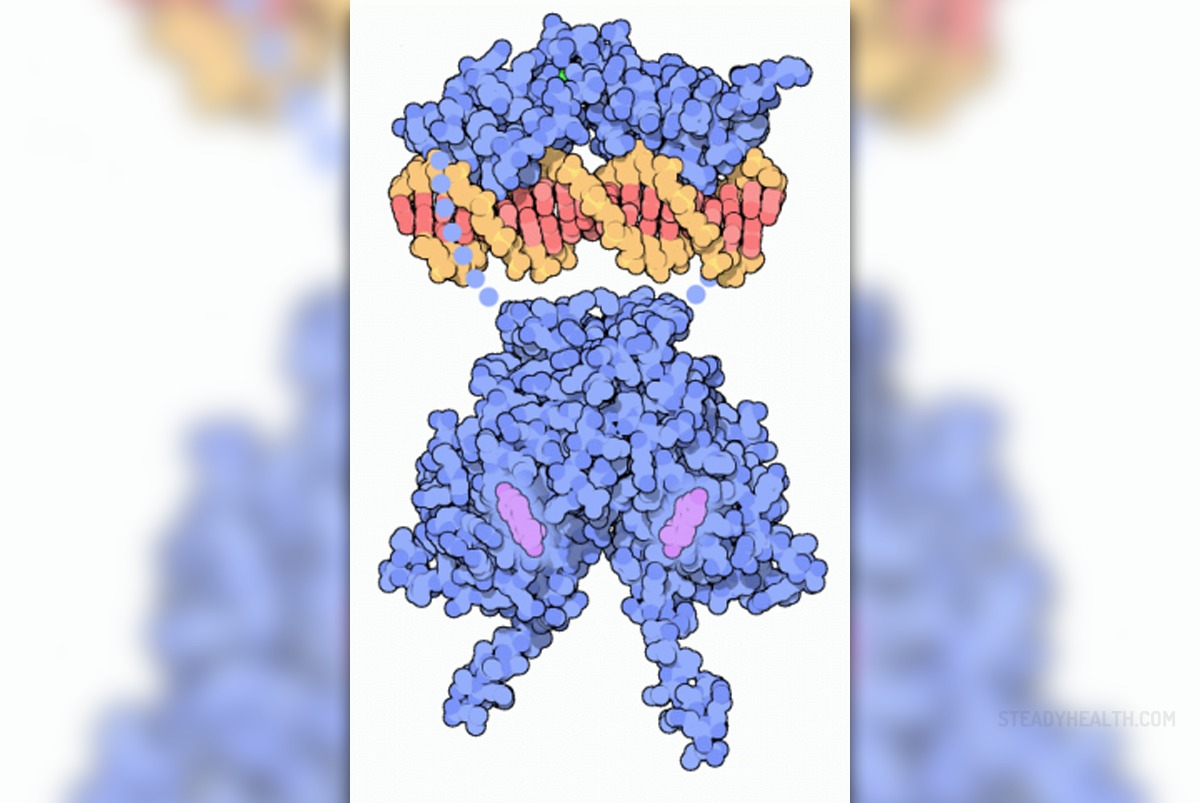
Estrogen is the main sex hormone in the women, produced mostly by a woman’s ovaries. Liver, breasts and adrenal gland may also produce estrogen, but in much smaller quantities. This hormone is also found in men’s bodies, but in reasonably low amounts.
In women, the hormone estrogen regulates the menstrual cycle, and it is present in higher amounts in women capable of reproducing, or menstruating women. This hormone plays a significant role in development of secondary sex characteristic. This way, estrogen is responsible for the development of breasts, widened pelvis, specific body curves, less facial hair and smoother skin.
Signs and symptoms of low estrogen levels
Estrogen levels fluctuate during the menstrual cycle, especially before menopause. Any kind of fluctuation of such an important hormone causes noticeable symptoms. This is especially evident in post-menstruating women that naturally experience a reduction in estrogen. The most prominent menopausal symptoms are hot flashes and night sweats. The lack of estrogen also causes vaginal dryness, lack of sexual desire, tiredness, irritability, problems with memory and concentration, pain in the muscles and joints and decrease in the bone density that may eventually lead to osteoporosis.
The symptoms of estrogen deficiency are also noticeable during pregnancy or other hormonal changes in the body. Determining the cause of changes, may be extremely beneficial to women, and help to relieve the unpleasant symptoms and possibly prevent further health complications.
Treatment of estrogen deficiency
No matter how unpleasant these symptoms may be, they are actually quite easy to manage. The estrogen deficiency is usually treated with slight moderations of life habits and daily diet. Women with symptoms of low estrogen levels should start to exercise daily, maintaining the optimum hormonal balance in the body. A slight exercise of approximately 20 minutes should be enough. The exercise can be easily incorporated into the daily schedule by walking instead of using a car or bus, using the stairs instead of the elevator, cleaning the house, shopping, etc.
A healthy diet, composed to elevate the levels of estrogen, should include alfalfa, meat, anise seed, apples, baker’s yeast, barley, beets, cherries, carrots, cucumber, milk products, flaxseed, garlic, olive oil and fruit, parsley, plums, pomegranates, potatoes, pumpkins, soybean, sesame seed, etc.
The alternative medicine is also useful in treatment of estrogen deficiency. A homeopathy practitioner may prescribe the herbal mixture to nourish the hormonal glands and boost the estrogen production.
Prescribed medication or hormone replacement therapy is also available, but it is set aside for patients with extreme hormonal problems.



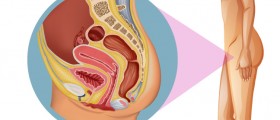
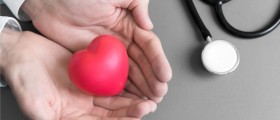
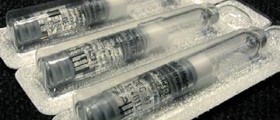




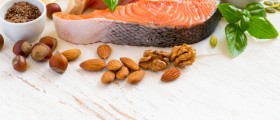






Your thoughts on this
Loading...